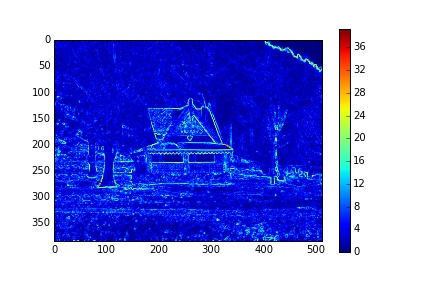 Gradient function applied to the house |
 Seam Carving applies dynamic programming |
 Gradient function applied to the house |
 Seam Carving applies dynamic programming |
 House in the Woods |
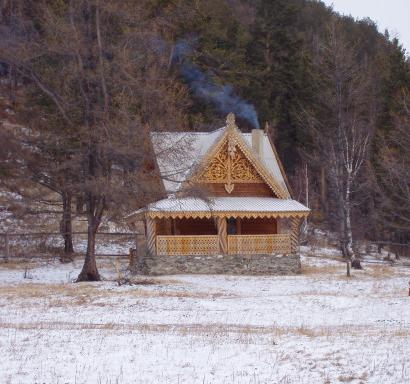 Horizontal Seam Carved 20% |
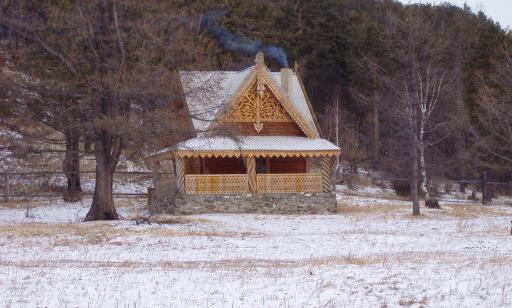 Vertical Seam Carved 20% |
 Dubai |
 Horizontal Seam Carved 20% |
 Vertical Seam Carved 20% |
 Half Dome |
 Horizontal Seam Carved 20% |
 Vertical Seam Carved 20% |
 Broadway Castle |
 Horizontal Seam Carved 20% |
 Vertial Seam Carved 20% |
 Berkeley Campus |
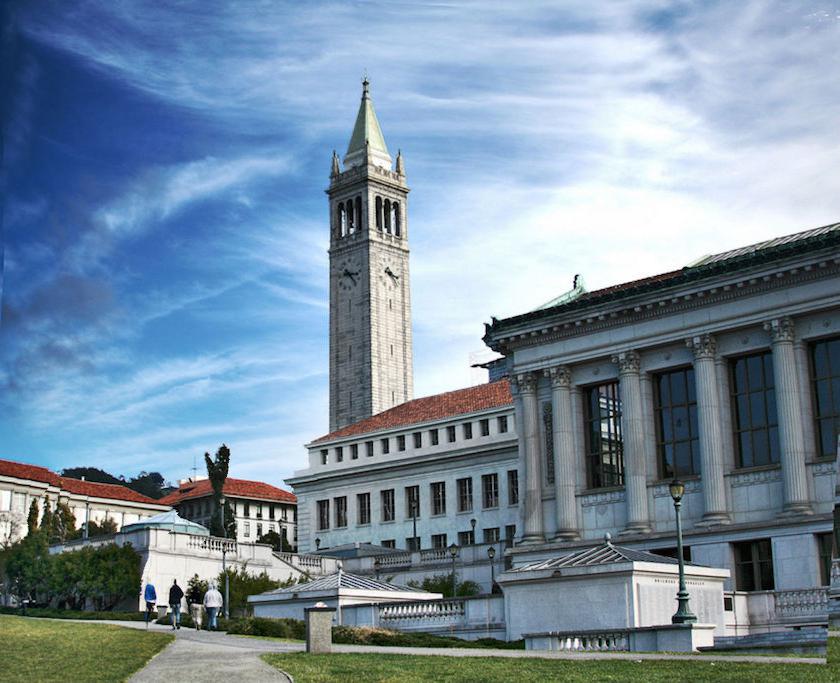 Horizontal Seam Carved 20% |
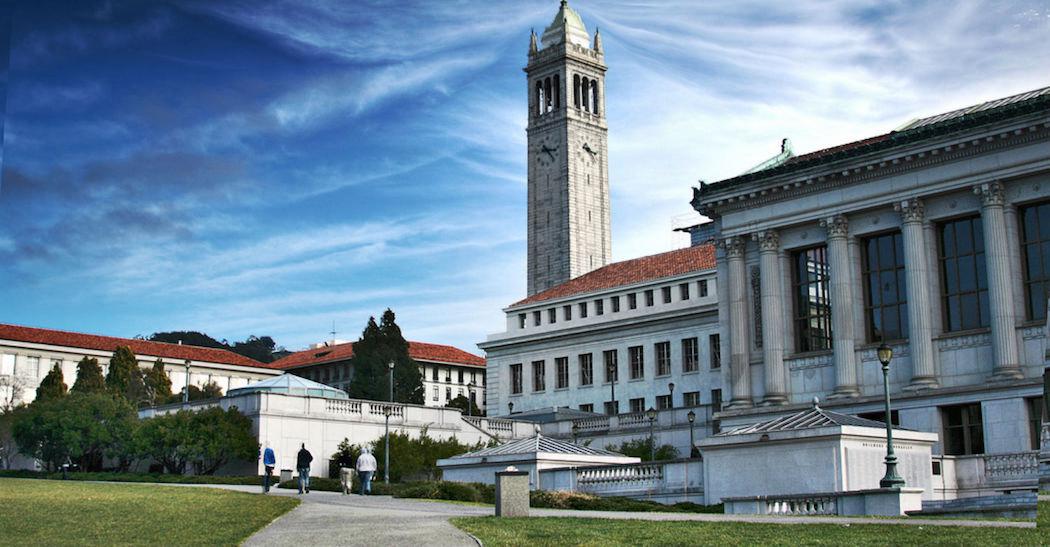 Vertical Seam Carved 20% |
 Couple in the Fog |
 Horizontal Seam Carved 20% |
 Vertical Seam Carved 20% |
 Horizontal Seam Insertion 20% |
 Vertical Seam Insertion 20% |
 Mona Lisa |
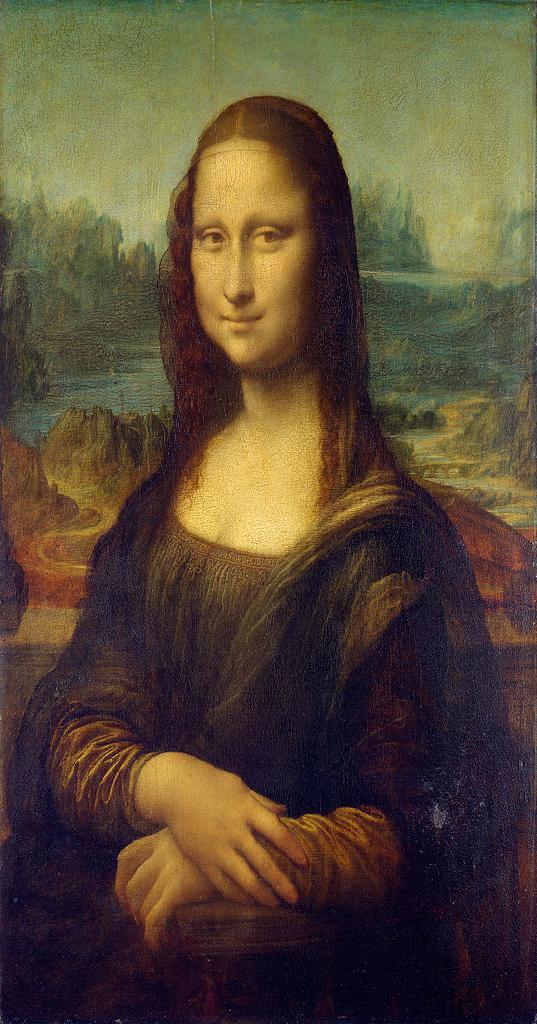 Horizontal Seam Carved 20% |
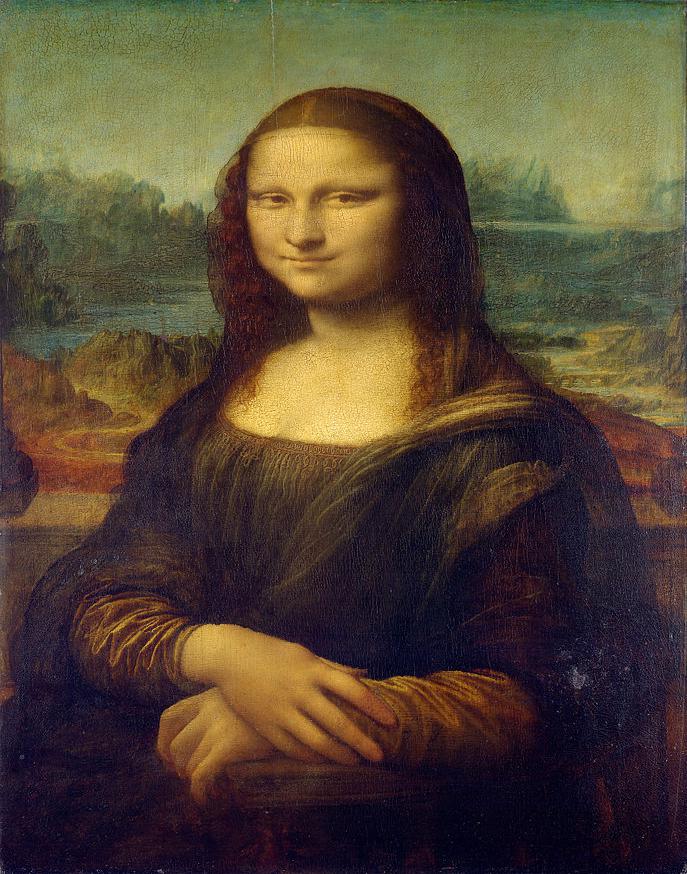 Vertical Seam Carved 20% |
 Gradient of Mona Lisa |
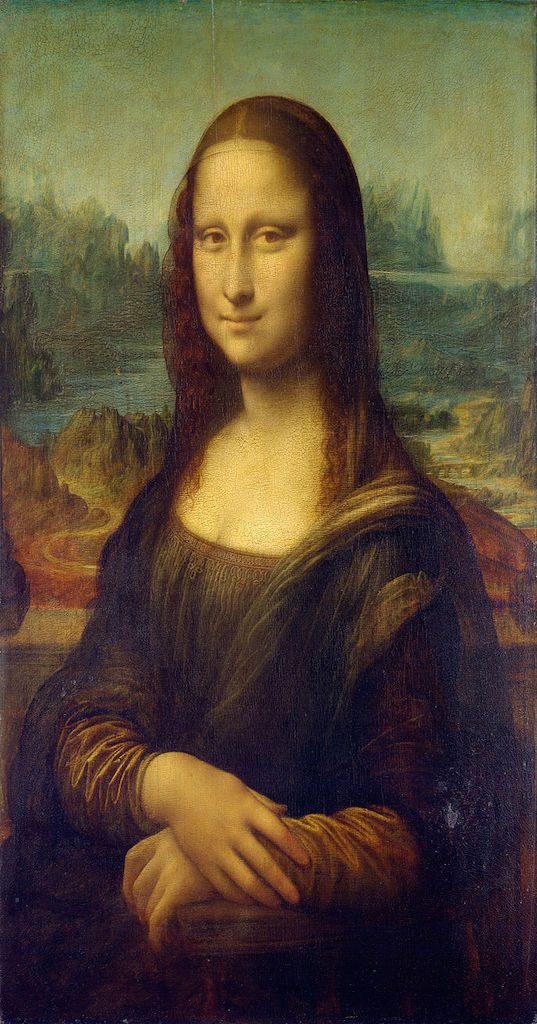 Horizontal Scaled Mona |
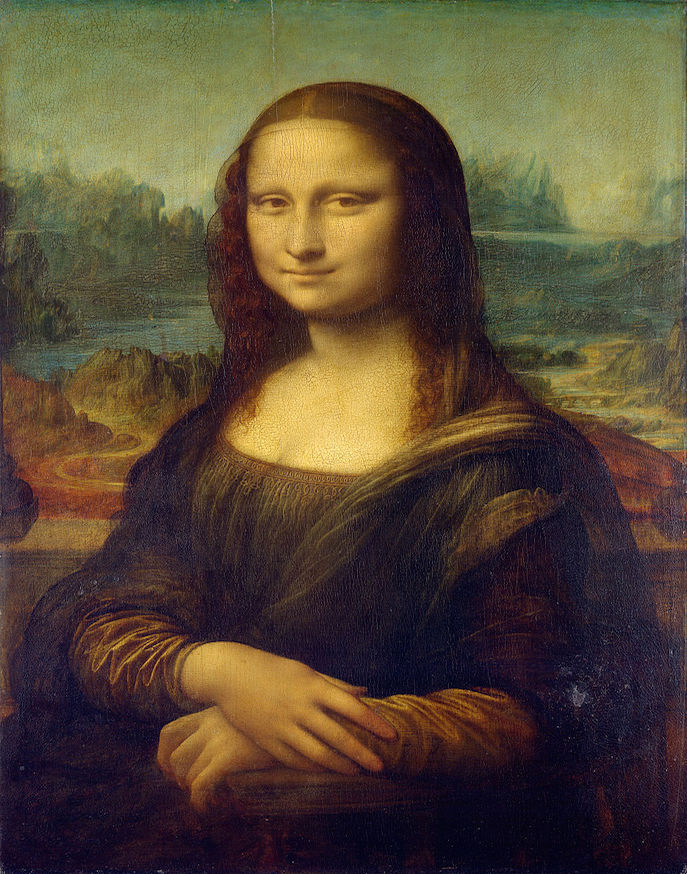 Vertical Scaled Mona |
 House in the Woods |
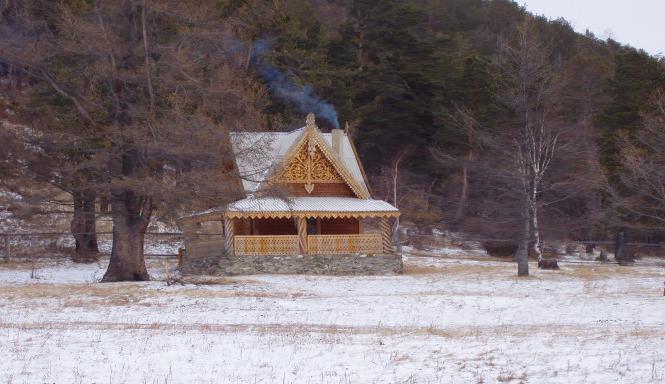 Horizontal Seam Insertion 30% |
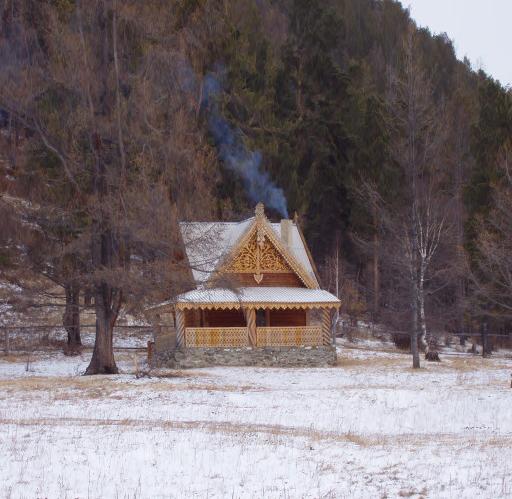 Vertical Seam Insertion 30% |
 Dubai |
 Horizontal Seam Insertion 30% |
 Vertical Seam Insertion 30% |
 Half Dome |
 Horizontal Seam Insertion 30% |
 Vertical Seam Insertion 30% |
 Broadway Castle |
 Horizontal Seam Insertion 30% |
 Vertical Seam Insertion 30% |
 Berkeley Campus |
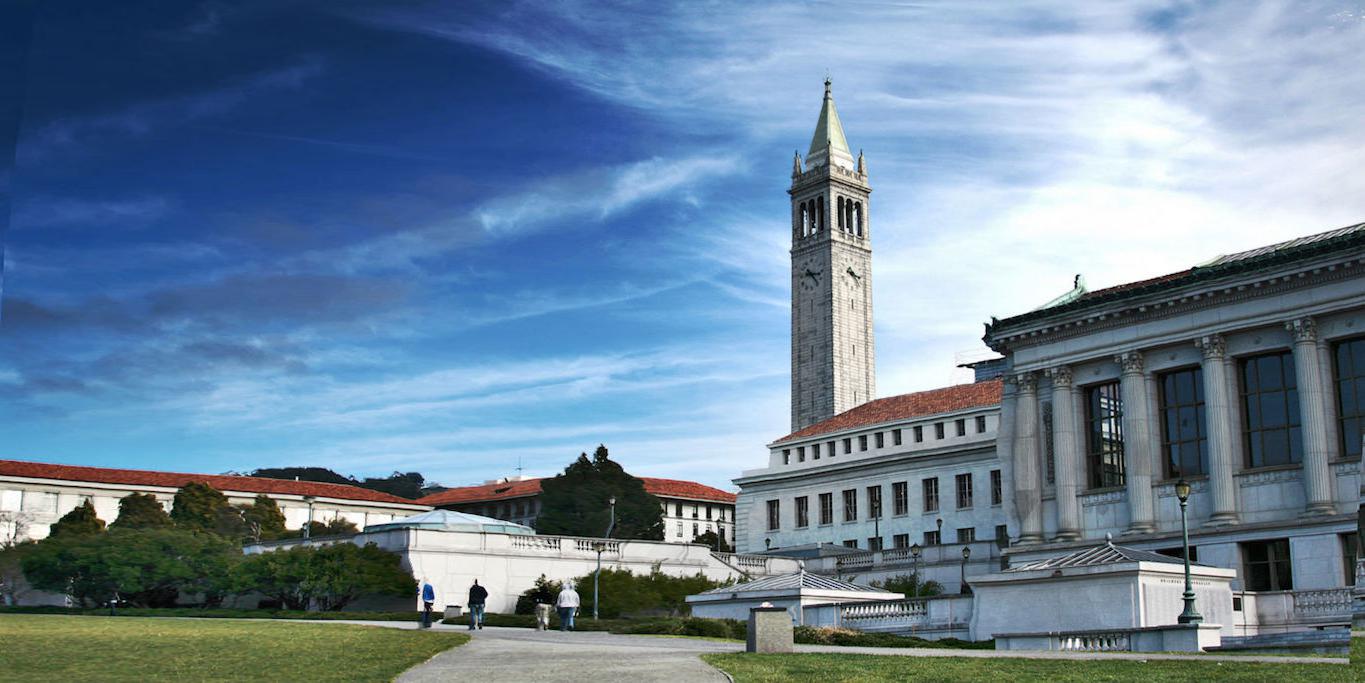 Horizontal Seam Insertion 30% |
 Vertical Seam Insertion 30% |
 Couple Standing Together |
 Mask to remove woman |
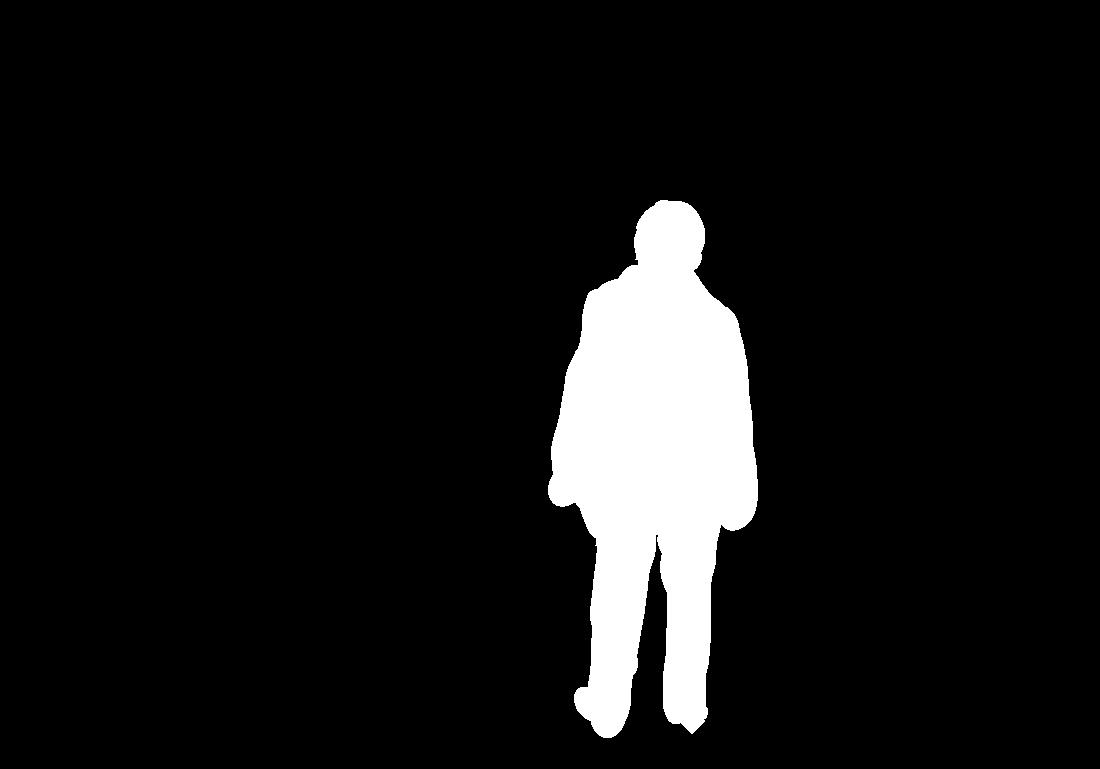 Mask to keep man |
 Stoic Man By Himself |
 Berkeley Campus |
 Mask to remove tourists |
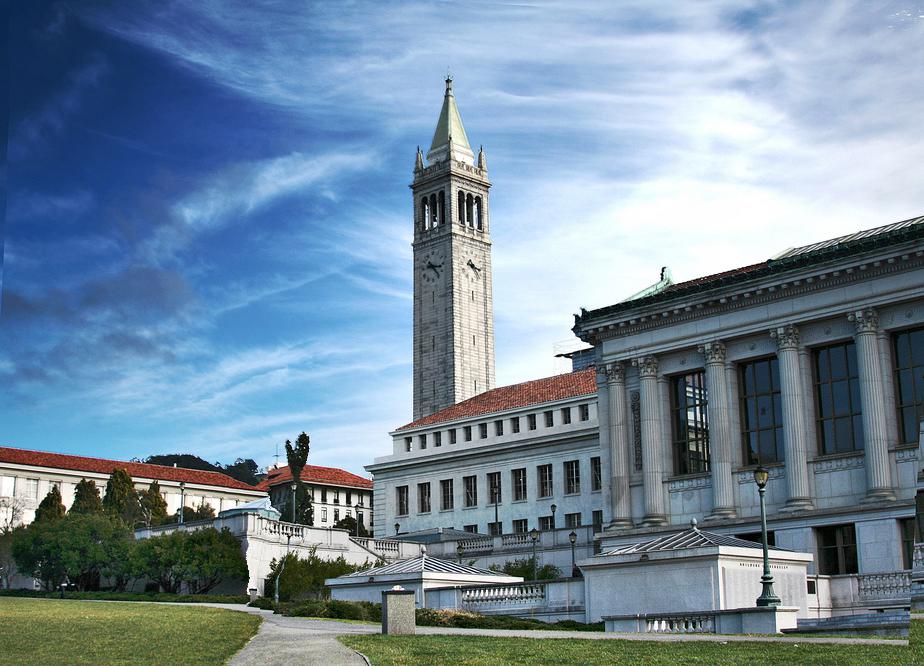 Campus Without Pesky Tourists |
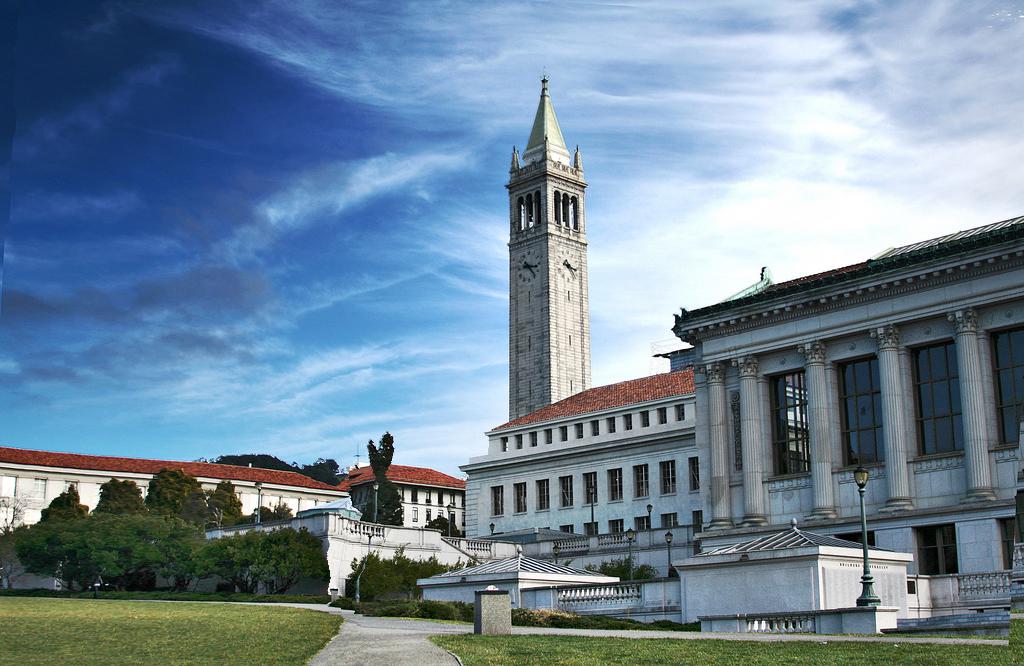 Resized using seam insertion |
 House in the Woods |
 Horizontal, then Vertically Resized |
 Diagonal Resizing |
 Berkeley Campus Gradient Function |
 Berkeley Campus Entropy Function |